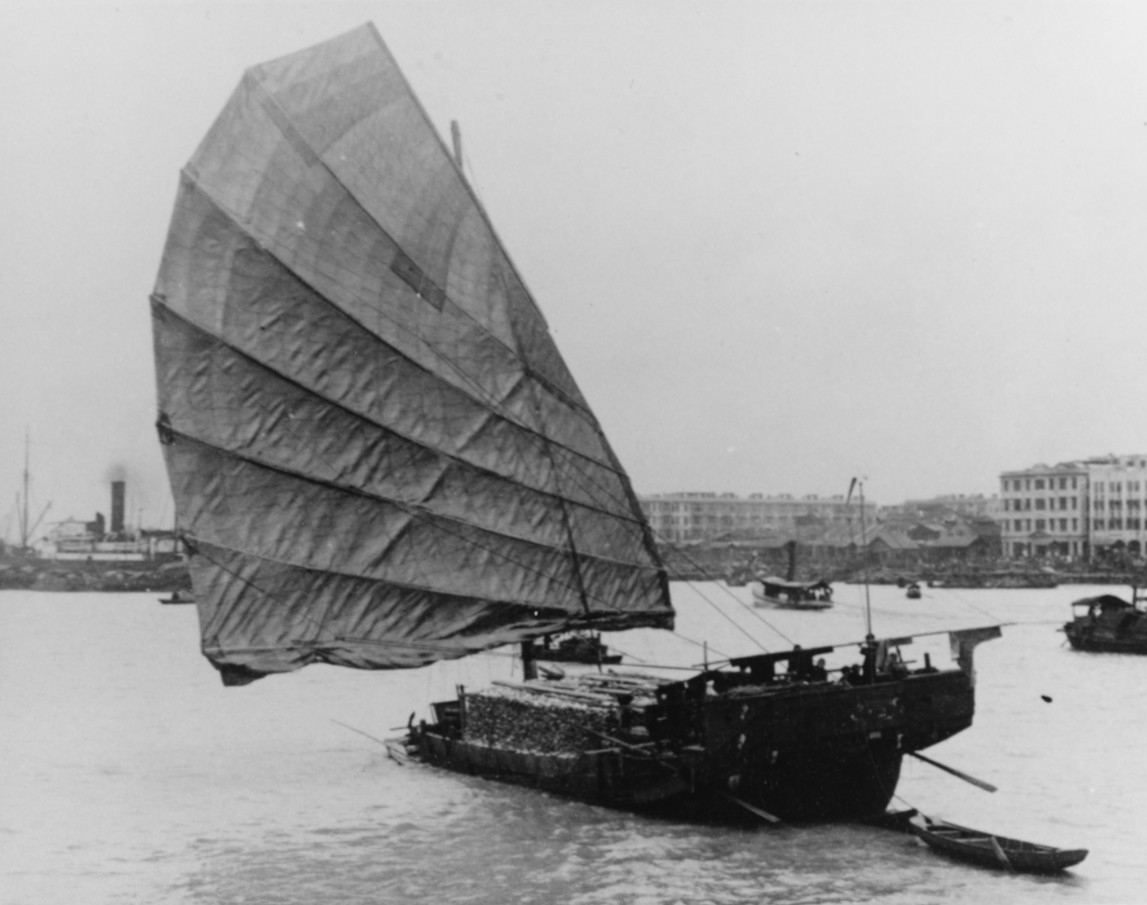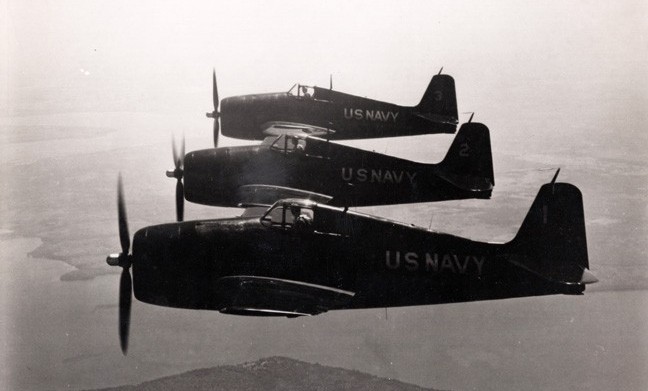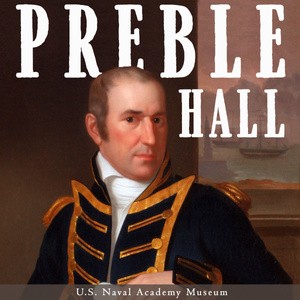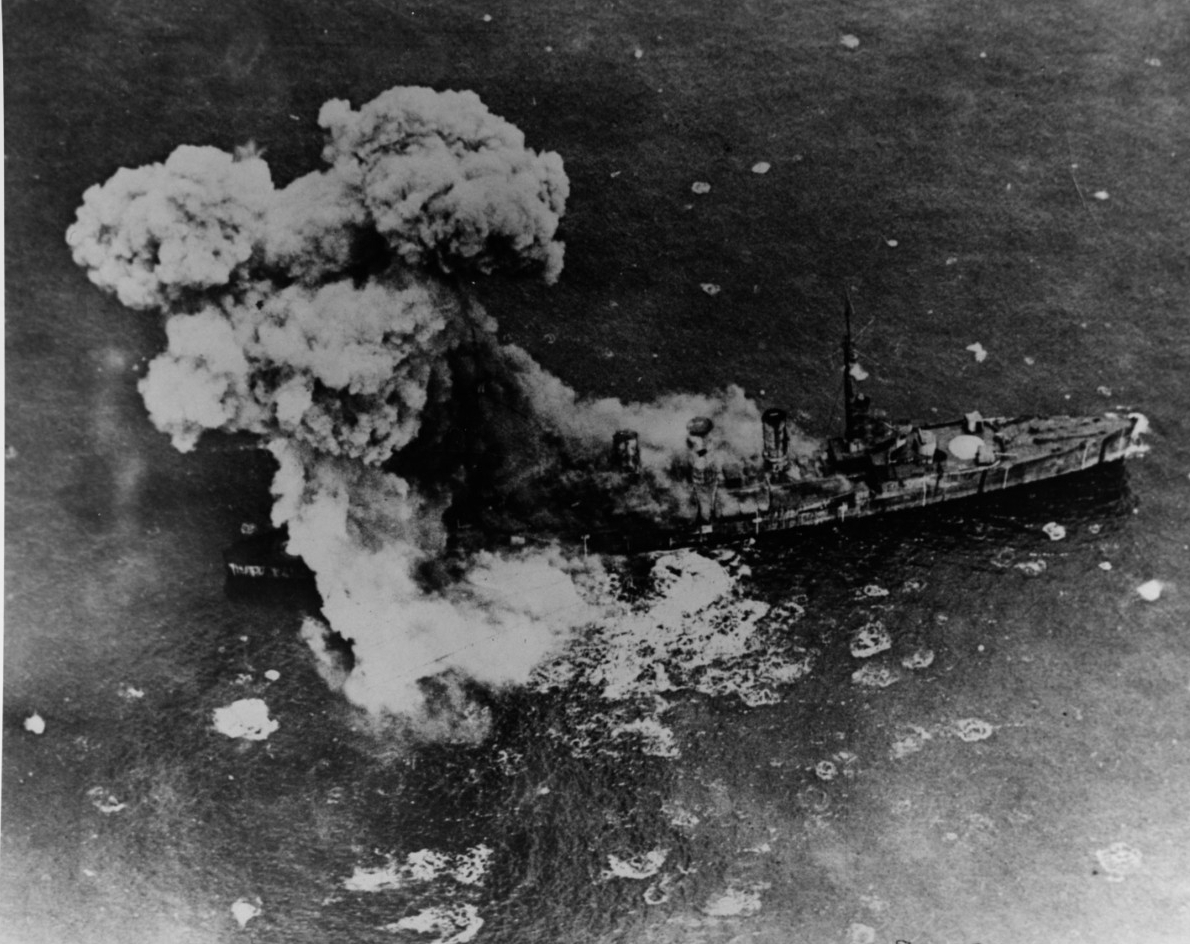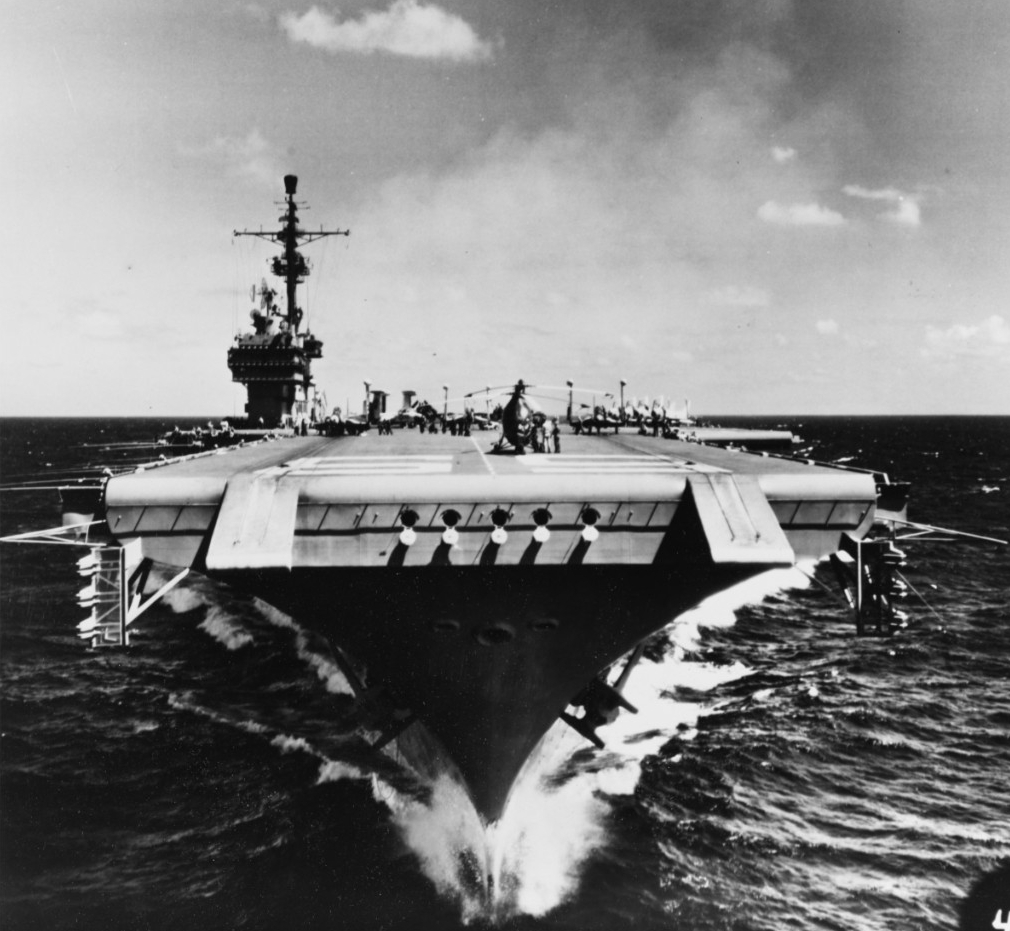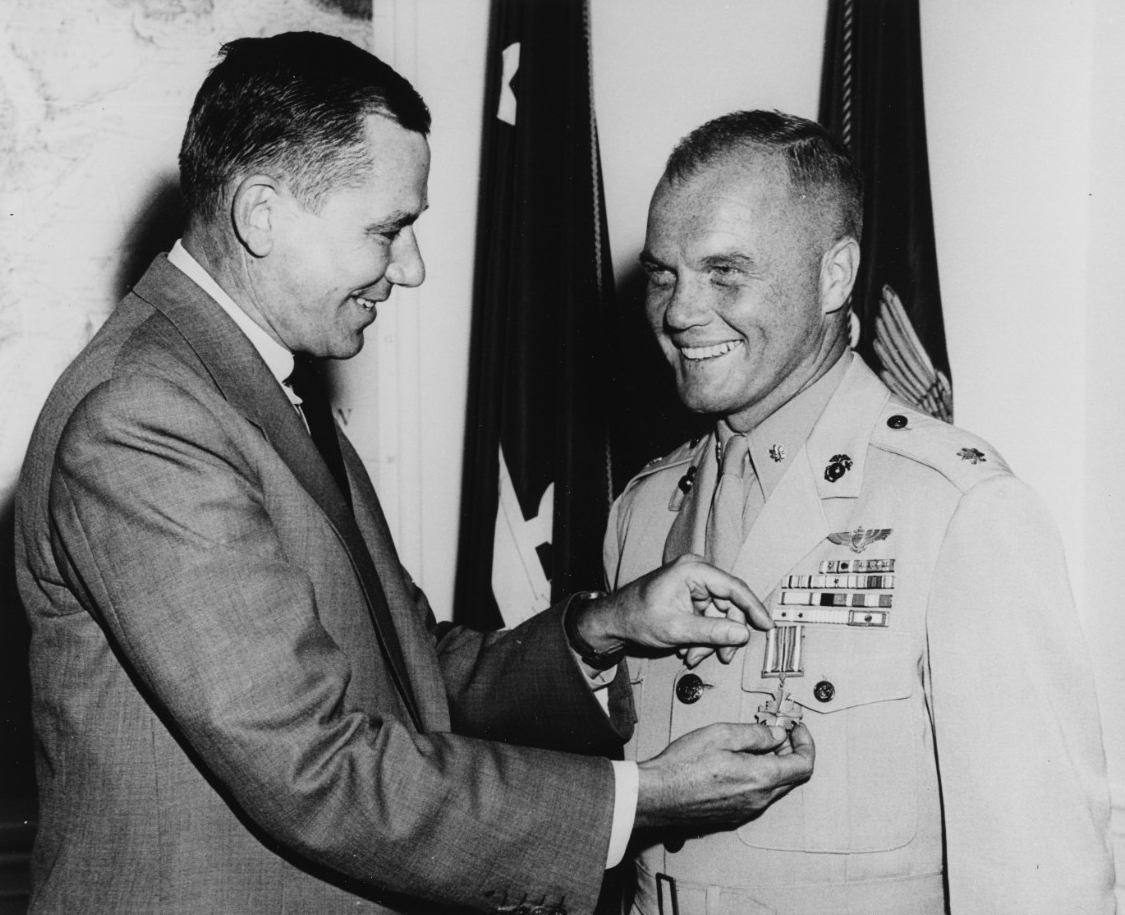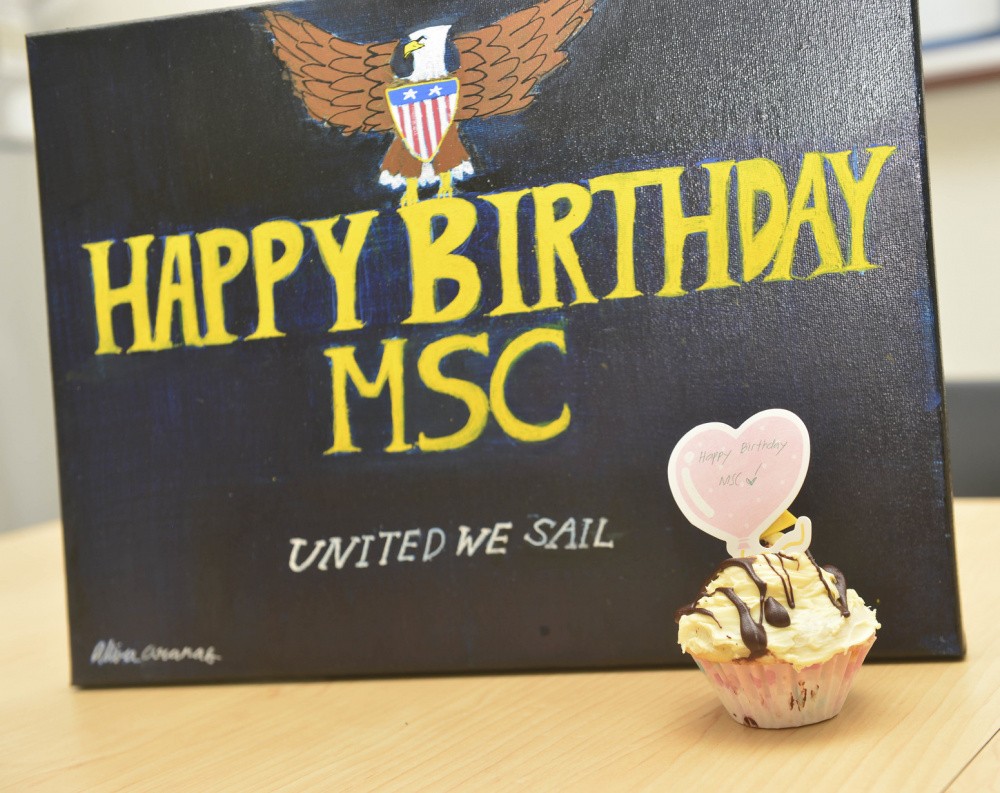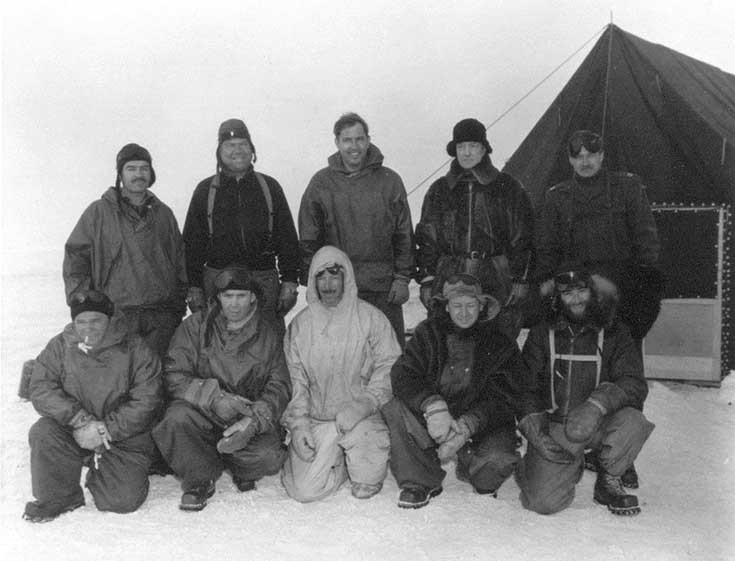Compiled by Brent Hunt, Naval History and Heritage Command’s Communication and Outreach Division
H-Gram 063: “Battles You’ve Never Heard Of,” Part 2
In his latest H-gram, NHHC Director Sam Cox continues coverage of “battles you've never heard of,” all of which involved the U.S. Navy: the Battle of the Pearl River Forts, China (1856); the Battle of Somatti, Fiji (1859); the Battle of Shimonoseki Strait, Japan (1863); the Formosa Expedition (1867); and the Battle of Ganghwa, Korea (1871). One reason these battles are largely forgotten is because they are examples of what became known as “gunboat diplomacy.” “Although at the time the United States was not considered an imperial power (as we had no aspirations for colonies or more territory—although Mexico might dispute that), we exhibited the same attitude of superiority toward Asians, Africans, and South Americans that the European powers did,” according to Cox. “Although national policy and the decisions of senior U.S. Navy commanders are open to debate, what is not debatable is that the ordinary U.S. Sailors did their duty as their country asked, with extraordinary courage, innovation, and skill, in a harsh and unforgiving environment.” For more, read H-Gram 063 at NHHC’s Director’s Corner.
How the Blue Angels Got Their Start, Cherished Name
More than 75 years ago, the Navy’s elite flight exhibition team made their debut at the Southeastern Air Show at Craig Field in Jacksonville, FL. Taking immediate notice of the team's successful debut was its creator, Chief of Naval Operations Fleet Adm. Chester W. Nimitz. To help celebrate “Nimitz Day,” the team was invited to perform at Naval Air Station Corpus Christi, TX. On June 18, 1946, thousands gathered to watch them perform, which lasted about two hours. Throughout the remainder of 1946, the naval aviators performed their maneuvers at air shows around the country, garnering increased public attention. However, they did not have a formal name. Officials at Jacksonville initiated a contest through the base newspaper, resulting in a host of entries from the “Cloud Busters” to the “Blue Bachelors,” but the team stumbled upon a name that had a better ring to it. While flipping through an issue of New Yorker magazine, Lt. Maurice Wickendoll noticed an advertisement for a Manhattan nightclub called “The Blue Angel.” To learn what happened next, read the article by National Naval Aviation Museum’s Hill Goodspeed. For more on the history of the Blue Angels, go to NHHC’s website.
Preble Hall Podcast
In a recent naval history podcast from Preble Hall, U.S. Air Force Maj. Joe Eanett, who just completed his tour as an instructor in the History Department at the U.S. Naval Academy, talks about the origins, characteristics, and military uses of the rigid airship. The Preble Hall podcast, conducted by personnel at the U.S. Naval Academy Museum in Annapolis, MD, interviews historians, practitioners, military personnel, and other experts on a variety of naval history topics from ancient history to more current events.
Army, Navy Sank Ex-Imperial German cruiser Frankfurt—100 Years Ago
On July 18, 1921, U.S. Army and Navy aircraft sank the ex-imperial German cruiser Frankfurt in target practice as part of joint Navy-Army experiments in aerial bombing off the Virginia Capes. Frankfurt, taken as a prize after World War I, was one of several vessels used in the experiment that lasted about a month to test if aircraft could sink a ship. Both services used bombs of all types and weights, from the Army’s 25-pound Cooper fragmentation bomb and the Navy’s 163-pound antisubmarine bomb to the heavy Navy armor-piercing bomb and the Army's 2,000 pound demolition bomb. The attacks on Frankfurt began with the smaller bombs, which only caused minor hull damage. Then, the aircraft dropped larger bombs, which sank the ship. For more, read Naval Bombing Experiments off the Virginia Capes—June and July 1921 at NHHC’s website.
Forrestal Keel Laid
On July 14, 1952, the keel to the Navy’s first supercarrier, USS Forrestal, was laid down. The ship was commissioned on Oct. 1, 1955, at Newport News, VA. Forrestal was named after James V. Forrestal, who was Secretary of the Navy from 1944–1947 and the first Secretary of Defense. Forrestal operated in the Atlantic and the Mediterranean, providing support during the Lebanon crisis in 1958. Forrestal deployed numerous times to the Mediterranean until 1966 when she received an overhaul. Ordered to the Pacific, she was sent to provide additional airpower during the Vietnam War. On July 29, 1967, tragedy struck when Forrestal suffered a catastrophic fire on her flight deck, which resulted in the loss of more than 130 crewmembers and numerous aircraft. In spite of the accident, the Navy learned fire-fighting lessons still in practice today. After repairs, Forrestal returned to the Mediterranean and deployed numerous times to the region. Reclassified in 1975, she served as the host ship for the United States bicentennial celebrations in 1976 at New York City. Decommissioned in September 1993, Forrestal was eventually scrapped in 2015 following unsuccessful efforts to turn her into a museum ship.
Glenn Broke Transcontinental Speed Record
On July 16, 1957, a Vought F8U-1P Crusader, piloted by U.S. Marine Corps Maj. John H. Glenn, Jr., broke the transcontinental speed record by crossing the country from Los Alamitos Naval Air Station, CA, to Floyd Bennett Field in Brooklyn, NY, in 3 hours, 22 minutes, and 50.05 seconds. The flight reached speeds up to 723.517 mph. Dubbed Project Bullet, the flight was intended to prove that the Pratt & Whitney J-57 engine could tolerate, without damage, an extended period at combat power with full afterburner. After the flight, the engine manufacturer examined the engine and determined that power limitations would be lifted. Glenn came up with the name Project Bullet, because the flight would be faster than a round from a .45-caliber pistol. He received one of his numerous Distinguished Flying Cross medals for this mission. The media attention Glenn gained from the record-breaking flight put him on the radar for selection to the first class of astronauts. For more naval aviation firsts, go to NHHC’s website.
Military Sealift Command Far East Celebrates More than Seven Decades of Support
On July 9, Military Sealift Command Far East celebrated the MSC enterprise’s 72nd birthday. The Military Sea Transportation Service, the precursor to what is now known as Military Sealift Command, was established in 1949. Since then, MSC has provided the entire DoD and other government agencies with critical sealift support. As one of MSC’s five area commands, the Far East team ensures approximately 50 ships in the Indo-Pacific region are manned, trained, and equipped to deliver essential supplies, fuel, cargo, and equipment to warfighters, both at sea and on shore. “Much of MSC’s rich history is steeped in this region,” said MSC FE Commodore Capt. Samuel F. de Castro. “Today, we continue the longstanding tradition of reliable service of sustainability in the Indian and Pacific Oceans that enables our warfighters to do their jobs without worrying about where their next meals, spare parts, or equipment are coming from.” Regardless of the geographic location, MSC assets have been involved in every major conflict since World War II. Just days after North Korean troops invaded South Korea, Army troops and equipment were enroute, thanks to the MTS, which was renamed Military Sealift Command during the Vietnam War. MSC transported 8 million tons of fuel and 54 million tons of combat equipment in support of that conflict MSC also provided critical support during the Cold War, Operations Desert Shield/Desert Storm, Enduring Freedom, and Iraqi Freedom. For more, read the article.
Legendary Vikings Football Coach Was a Sailor During World War II
Before becoming the third-most-successful professional football coach overall and the most successful coach in Minnesota Vikings history, Harry Peter “Bud” Grant, Jr., was a standout three- sport athlete at the University of Minnesota. What is less known about the legendary coach is that he enlisted in the Navy right out of high school in 1945 during World War II. His first duty station was Treasure Island Naval Station, CA, where he trained as a crewmember for a landing ship. However, before he could get a taste of combat, the war ended. He was then transferred to Naval Station Great Lakes, IL, where he played on the Bluejackets football team. After Grant was discharged from the Navy and after graduating from college, he was drafted in the first round of the 1950 NFL draft by the Philadelphia Eagles and was the fourth-round selection for the Minneapolis Lakers in the NBA draft that same year. Forced to choose a sport, Grant opted to play basketball for the Lakers. After two seasons, he opted to give football a shot and was quickly snapped up by the Eagles. For more on Grant’s career, read the article. For more on Navy athletics, go to NHHC’s website.
Webpage of the Week
This week’s Webpage of the Week is from NHHC’s Disasters and Phenomena pages. Although the U.S. Navy is best known as the world’s premier naval fighting force, U.S. naval forces perform a wide range of humanitarian operations to include disaster relief, rescues at sea, refugee assistance, emergency medical deployments, and nation-building activities. On Sept. 1, 1923, a 9.0 magnitude earthquake, known as the Great Kanto Earthquake, hit Japan, killing thousands of people and sweeping away entire cities in the subsequent tsunami. At the time, the natural disaster was considered the worst ever to occur. President Calvin Coolidge took the lead in rallying support for the Japanese nation. “An overwhelming disaster has overtaken the people of the friendly nation of Japan,” he declared on Sept. 3. “The cities of Tokyo and Yokohama, and surrounding towns and villages, have been largely if not completely destroyed by earthquake, fire and flood, with a resultant appalling loss of life and destitution and distress, requiring measures of urgent relief.” The Navy and the American Red Cross provided unprecedented support to the citizens of Japan in wake of the disaster. The tragedy also prompted countless acts of heroism. Ensign Thomas Ryan received the Medal of Honor for rescuing a woman with two broken legs trapped under rubble inside the Grand Hotel in Yokohama. For more, check out Navy’s Humanitarian Mission page today. It contains a short history, suggested reading, selected imagery, and much more.
Today in Naval History
On July 13, 1939, Rear Adm. Richard E. Byrd was appointed to command the 1939–1941 U.S. Antarctic Service Expedition—his third polar expedition. Under the objectives outlined by President Franklin D. Roosevelt, Byrd established an east and west base, and held a wide range of scientific observations until international tensions ended the expedition in early 1941. During World War II, he served at the Bureau of Aeronautics in a consultant position, inspecting advanced bases and flying special missions in the Pacific and European areas. In December 1946, Byrd returned to the Antarctic for Operation High Jump, redeploying in the spring. In September 1947, he was relieved from active duty, but two years later, he returned to the active ranks and was chairman for government programs helping communist refugees. In March 1955, he led Phase I of Operation Deep Freeze to the Antarctic. Byrd died on March 11, 1957, and is buried at Arlington National Cemetery.
For more dates in naval history, including your selected span of dates, see Year at a Glance at NHHC’s website. Be sure to check this page regularly, as content is updated frequently.

